Residencia Tradicional Myeongjae Gotaek en Nonsan (논산명재고택)
12.2Km 2025-12-01
Noseongsanseong-gil 50, Noseong-myeon, Nonsan-si, Chungcheongnam-do
Museo de Numismática de Corea (화폐박물관)
12.5Km 2025-07-09
Gwahak-ro 80-67, Yuseong-gu, Daejeon.
Museo Nacional de Ciencia (국립중앙과학관)
12.9Km 2024-09-11
Daedeok-daero 481, Yuseong-gu, Daejeon
El Museo Nacional de Ciencia fue fundado el 9 de octubre de 1990 con la finalidad de proveer conocimientos científicos a la población coreana y contribuir al progreso del país con el desarrollo de ciencia y tecnología a través de su colección de datos e información sobre tecnología industrial, natural e historia de la ciencia.
En el patio de exposición al aire libre se encuentran avionetas, diferentes tipos de hélices, etc.; y en la sala de exposiciones especiales, donde se organizan presentaciones de objetos e inventos raros y de alto valor, están presentes los inventos ganadores de distintos concursos y torneos científicos realizados a nivel nacional. En las salas de exposiciones permanentes, alrededor de 4.200 objetos y artículos de 322 temas de 4 ramas que son la historia de la ciencia de Corea, comprensión de la naturaleza, uso científico de la naturaleza y la historia natural, se presentan en proyecciones, fotografías, planos, taxidermias, etc.
La Sala de la Astrología es un edificio de forma de un domo que cuenta con un astrovisor gigante de 70 mm, un astroproyector y un planetario. El área de estudios sobre la naturaleza dispone de plantas y árboles que son valorados científicamente para ser observados desde un sendero designado para dicho fin. La Estación Inalámbrica HAM, inaugurada el 16 de enero de 1992, está abierta solo para los grupos que soliciten su visita con anticipación. Además, en el museo se dictan cursos y clases científicas para todas las edades y también se organizan tours y excursiones relacionados con la astrología y la naturaleza.
Tiendas Departamentales Galleria (Sucursal de Time World) (갤러리아 백화점 (타임월드점))
13.0Km 2024-02-20
Daedeok-daero 211, Seo-gu, Daejeon.
Goodmorning Residence Hotel Hue / 굿모닝레지던스호텔휴
13.3Km 2025-08-12
21, Dunsan-ro 73beon-gil, Seo-gu, Daejeon
+82-42-489-4000
Good Morning Residence Hotel Hue is like a guesthouse with hotel services. There are various types of rooms that suit the needs of both tourists and business travelers. The Standard Room is like a studio room with small kitchen, home appliances, and some office supplies. The hotel also has a seminar room and a fitness gym. There are safe deposit boxes at the front desk for the guests to store their valuables. There is also a shared desktop computer in the lobby, which is connected to the parking tower and the hotel's Italian restaurant. There is a 24-hour convenience store on the first floor. Located in Dunsan-dong, one of the downtown areas of Daejeon, the hotel is very close to a number of government offices such as City Hall, Office of Education, and Court. Nearby tourist destinations include Hanbat Arboretum, Daejeon Museum of Art, and Lee Ungno Museum, which are all located in the downtown area.
Beer Week & Tteugi Hanu (비어위크&특이하누)
13.3Km 2025-03-15
Daedeok-daero 480, Yuseong-gu, Daejeon
010-9112-3972
Ganamji (가남지)
13.4Km 2025-05-19
588, Daedeok-daero, Yuseong-gu, Daejeon
Aquarium de la Expo de Daejeon (대전 엑스포 아쿠아리움)
13.5Km 2025-07-30
Expo-ro 1, Yuseong-gu, Daejeon
Daejeon SHINSEGAE Art&Science (대전신세계 아트앤사이언스)
13.5Km 2024-12-11
Expo-ro 1, Yuseong-gu, Daejeon
Smob Daejeon (스몹 대전)
13.5Km 2024-05-30
Expo-ro 1, Yuseong-gu, Daejeon

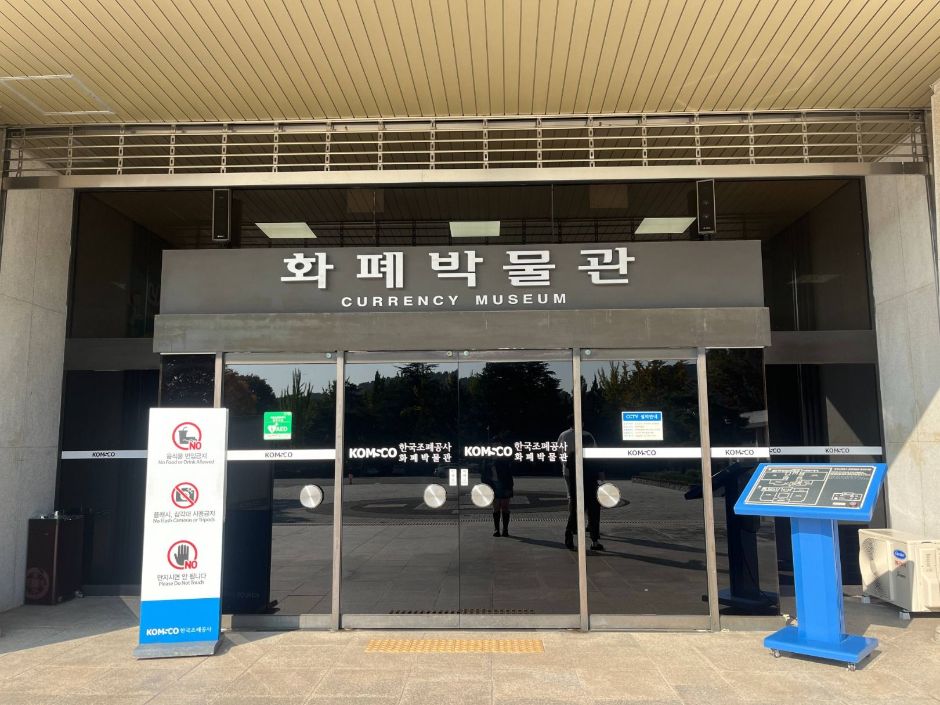
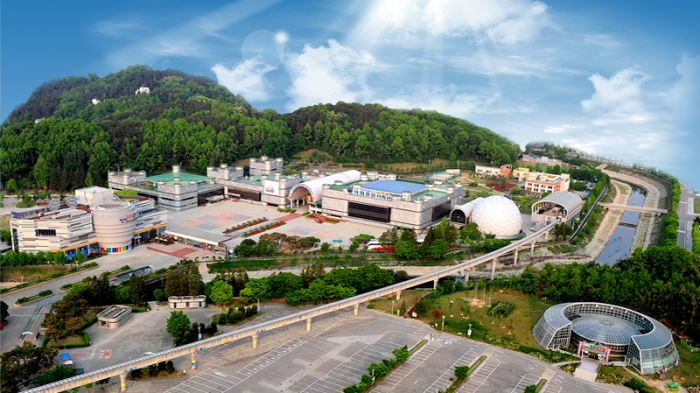
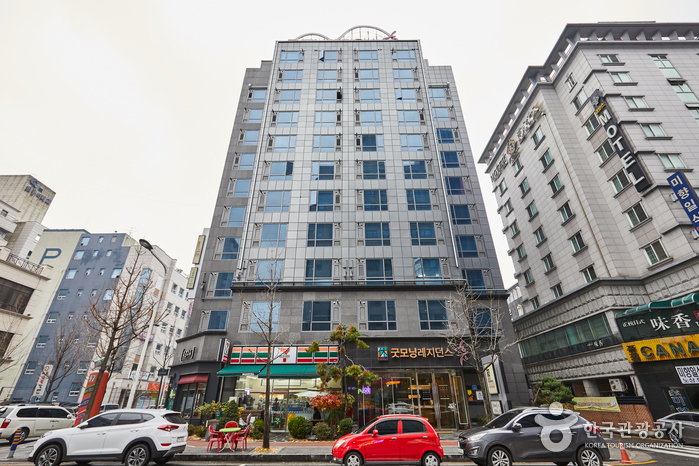
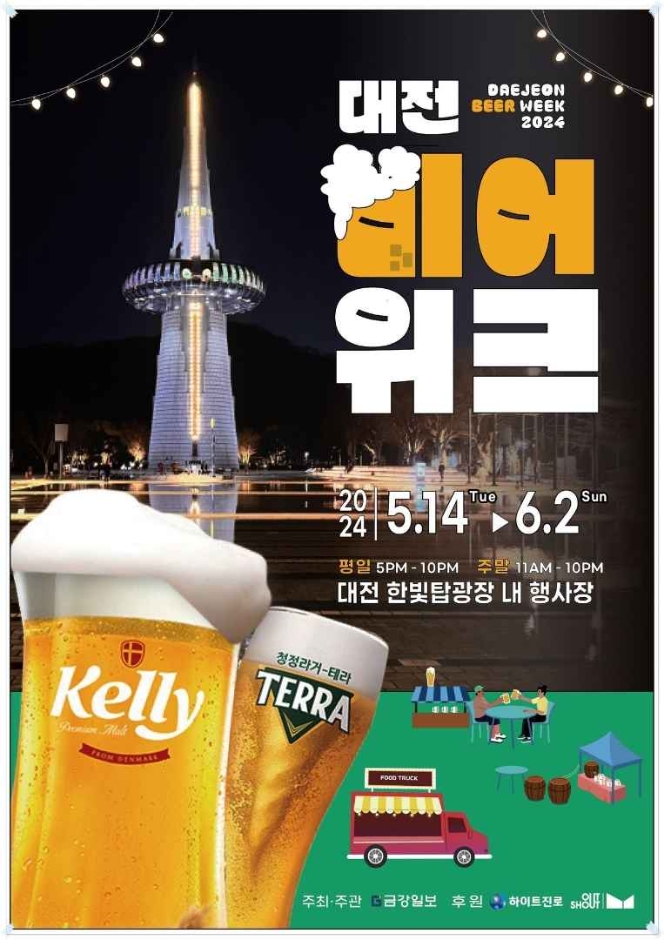
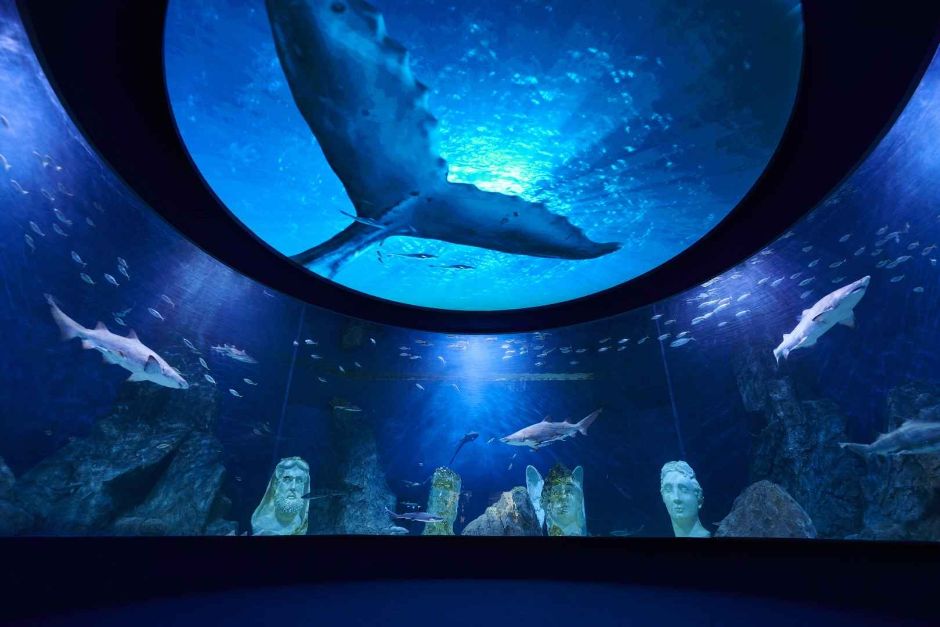
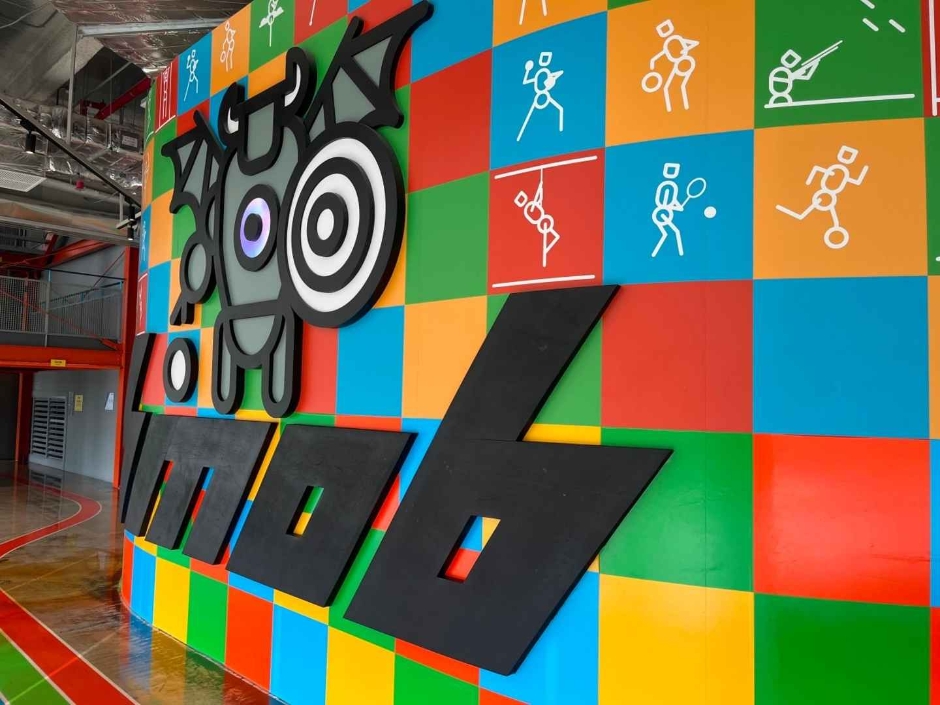
 Español
Español
 한국어
한국어 English
English 日本語
日本語 中文(简体)
中文(简体) Deutsch
Deutsch Français
Français Русский
Русский